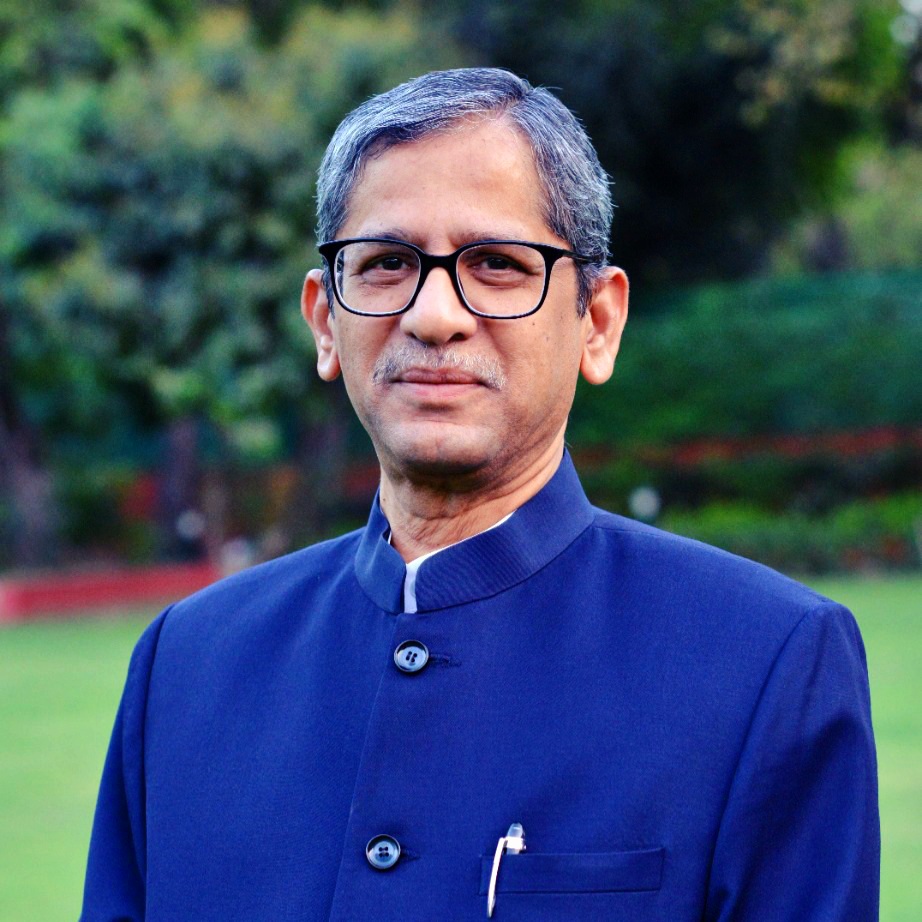By Shobha Gupta
On April 24, 2021, Justice NV Ramana will take over as the next chief justice of India. His judgments demonstrate that with him, civil liberties and the rights of citizens are well-protected.
A look at his career graph shows that he had little time to waste. Born on August 27, 1957, he joined the Bar in 1983 when he was 26. Within 17 years, Justice Ramana was elevated to the bench as a permanent judge of the Andhra Pradesh High Court. He was appointed acting chief justice of the High Court in 2013. He became chief justice of the Delhi High Court on September 2, 2013 and on February 17, 2014, Justice Ramana was elevated as a Supreme Court judge. His journey is an inspiration for young lawyers coming from small towns and villages. Justice Ramana himself came from a small village in Andhra Pradesh.
As a student leader, he fought for civil liberties. Over the years, he has given many landmark judgments. These include the following:
- A three-judge bench headed by Justice Ramana decided on a batch of petitions challenging the restrictions imposed on internet in Jammu & Kashmir after abrogation of Article 370. Then bench said that “access to the internet is a fundamental right by extension”.
- While delivering a judgment on a plea filed by Anuradha Bhasin, Executive Editor of Kashmir Times, who said that restrictions on communication services had resulted in the imposition of a de facto blockade on media activities, Justice Ramana emphasised the significance of the freedom of the press. He said that “responsible governments are required to respect the freedom of the press at all times” and that “journalists are to be accommodated in reporting and there is no justification for allowing a sword of Damocles to hang over the press indefinitely”. Justice Ramana gave a reassurance to all that civil liberties and rights guaranteed by the Constitution would certainly be protected by his court. He also observed: “Freedom of speech and expression includes the right to disseminate information to as wide a section of the population as possible.”
- In the Karnataka Assembly case, his concern for the country and citizens was reflected when he observed that “horse-trading and corrupt practices associated with defection and change of loyalty for lure of office or wrong reasons have not abated. Thereby the citizens are denied stable governments. In these circumstances, there is need to consider strengthening certain aspects, so that such undemocratic practices are discouraged and checked”.
- Justice Ramana was also part of the five-judge Constitution Bench which held that the office of the chief justice of India comes under the purview of the Right to Information Act.
- In a recent decision, a bench headed by Justice Ramana held that restriction against grant of bail in a stringent law like the Unlawful Activities (Prevention) Act, 1967 “per se does not oust the ability of constitutional courts to grant bail on grounds of violation of a fundamental right like the right to a speedy trial”. Justice Ramana further held: “Indeed, both, the restrictions under a statue as well as the powers exercisable under Constitutional jurisdiction can be well harmonised. Whereas at commencement of proceedings, Courts are expected to appreciate the legislative policy against grant of bail but the rigours of such provisions will melt down where there is no likelihood of trial being completed within a reasonable time and the period of incarceration already undergone has exceeded a substantial part of the prescribed sentence.” Again, civil liberties and protection of the fundamental rights of citizen were given the highest priority.
- Another landmark judgment of Justice Ramana was a watershed moment in the battle for better rights for women. He highlighted the need to fix “notional income” for the non-earning homemaker. The judgment, while referring to the general recommendation adopted by the United Nations Committee on the Elimination of Discrimination Against Women on quantification of the unremunerated domestic activities of women, observed that these activities contribute in the development of every country and that fixing this income is a recognition of the multitude of women who are engaged in this activity. The reasoning assigned by Justice Ramana in this case is an assurance to all who believe in an equal and better world for all. Justice Ramana observed that fixing the notional income would signal to society at large that the law and the courts of the land believe in the value of the labour, services and sacrifices of homemakers. He added that it was an acceptance of the idea that these activities contribute to the economy of the family and the nation and is a reflection of changing attitudes and our international law obligations. It is a step towards the constitutional vision of social equality and ensuring dignity of life to all individuals.
Justice Ramana’s notable judgments show his consistent and unflinching approach when it comes to civil liberties, fundamental rights and their protection.
The Bar welcomes him and hopes he will have a remarkable and memorable tenure as the next chief justice of India.
—The writer is a lawyer in the Supreme Court and standing counsel for the NHRC


